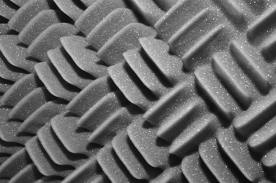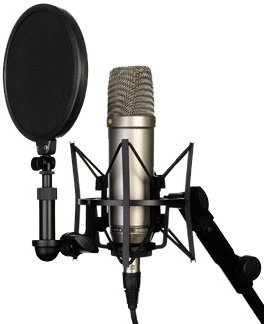
What are the best detailed guidelines to observe in order to remove room sounds and excessive delays and reverbs effects from a live recording that is likely to affect the final output of the recording? I am a student of sound lab engineering school and I happen to be in my first year. Please help me. Thank you.
Best detailed guidelines to follow in removing room sound and effects

Hello James!
There are many factors that contributes to the noise and reverbs in your recording. It is best for your age right now to notice this problems since your senses are still strong unlike us. For this we developed and understood the very meaning of recording sound properly.
1. Choosing the best recording devices. You have to be equip in the devices that you can use in recording. The higher the price of sound recording systems you purchase the better performance quality output you’ll get.
2. Editing the recordings using specialized software. You cannot get 100% perfect in your project. You can edit some parts of it to optimize the essence of sound and get the proper output. Using software tools to remove noise and filter some feedback will give you edifying output.
3. Insulating your room with sound proofing options. Placing sound proof in your room will give you better reception. Placing foams or other types of insulators will help you improve the feedback in your room. It will lessen echo feedbacks and eliminate the noise outside your room.

4. Calibrating your devices. Updating to a better device or if you’re using your computer better to update driver and software. Cleaning your devices makes it better since dirt tends to cloud the capturing devices.
5. Picking the right feedback support. Microphone and receiving peripherals is one of the biggest factor. If your microphone tends to have static noise better replace it. Use foams to avoid static noises if your skin gets contact with the mic.















